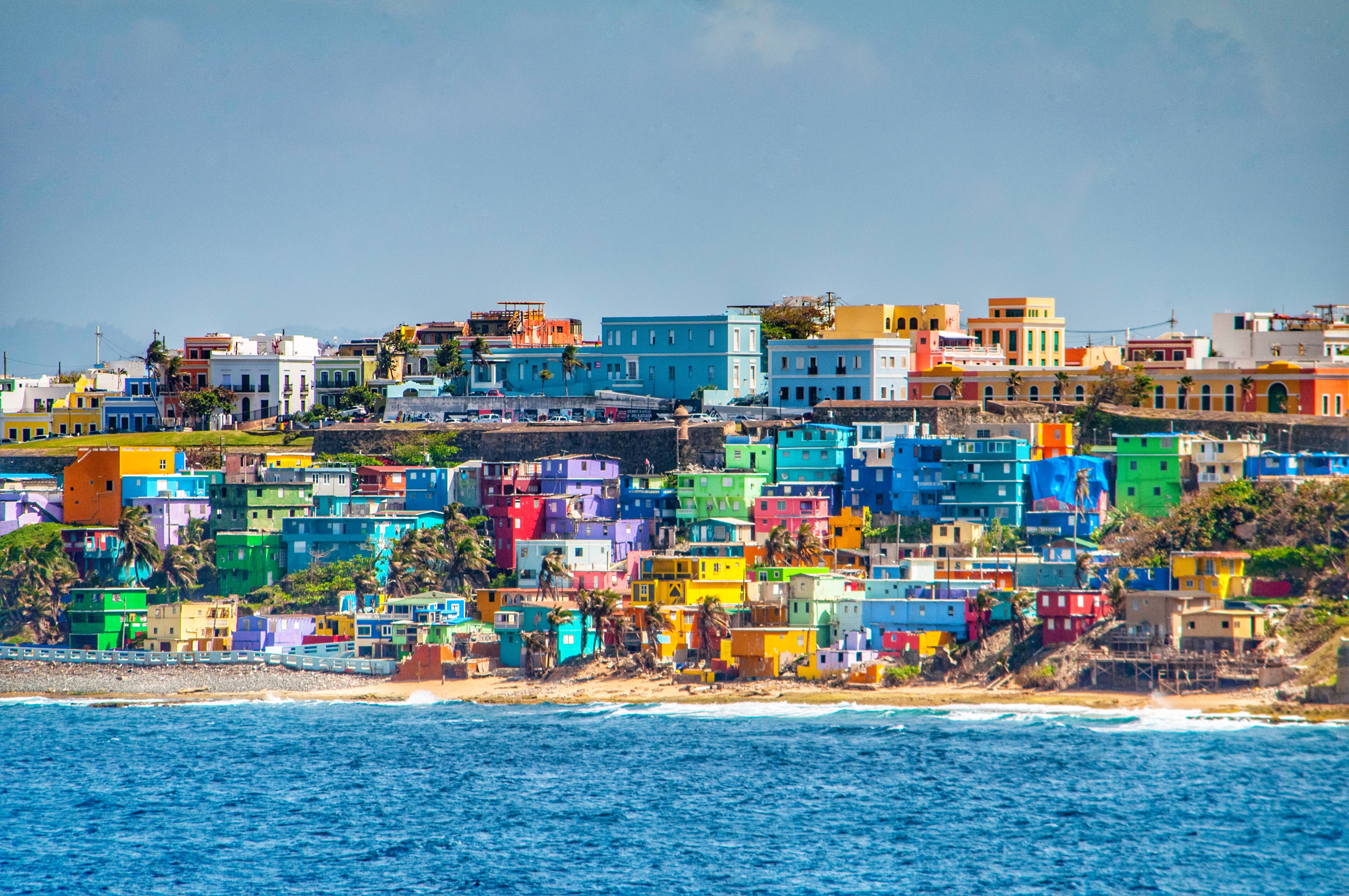Puerto Rican History and Culture

Puerto Rico, an enchanting island in the Caribbean, boasts a rich and diverse history and culture that is a captivating blend of Spanish, African, and Caribbean influences. The island’s vibrant artistic traditions, including music, dance, and literature, have contributed significantly to its unique identity.
Historical Overview
Puerto Rico’s history is a complex tapestry woven with the threads of indigenous Taíno culture, Spanish colonization, African enslavement, and American annexation. The arrival of Christopher Columbus in 1493 marked a significant turning point, leading to the establishment of Spanish rule that lasted for over four centuries. During this period, the island’s indigenous population was decimated by disease and warfare, while African slaves were brought to work on sugar plantations.
In 1898, the Spanish-American War resulted in the United States gaining control of Puerto Rico. The island became a U.S. territory, a status that has shaped its political and economic landscape to this day. Puerto Ricans have long struggled for independence or statehood, with the issue remaining a subject of ongoing debate.
Cultural Influences
Puerto Rican culture is a vibrant fusion of Spanish, African, and Caribbean influences. The island’s Spanish heritage is evident in its language, architecture, and religious traditions. African influences are deeply ingrained in its music, dance, and cuisine. The proximity to other Caribbean islands has also contributed to the island’s unique cultural identity.
Artistic Traditions
Puerto Rico has a rich tradition of artistic expression. Music is an integral part of Puerto Rican culture, with salsa, plena, and bomba being popular genres. The island is also known for its vibrant dance forms, such as bomba and plena, which often tell stories of the island’s history and culture.
Puerto Rican literature has also gained international recognition. Authors such as Julia de Burgos, René Marqués, and Giannina Braschi have explored themes of identity, colonialism, and social justice in their works.
Puerto Rico’s Geography and Environment

Puerto Rico, an archipelago located in the Caribbean Sea, boasts a diverse and captivating landscape that encompasses majestic mountains, lush rainforests, and pristine beaches. Its unique geographical position significantly influences its climate, flora, and fauna, shaping the island’s natural environment.
Puerto Rico’s Diverse Landscape
- Mountains: The Cordillera Central, a central mountain range, traverses the island from east to west, reaching elevations of over 4,000 feet. These mountains provide a stunning backdrop to the island’s interior, offering breathtaking views and a habitat for diverse plant and animal species.
- Rainforests: El Yunque National Rainforest, located in the eastern part of the island, is one of the most biodiverse rainforests in the Caribbean. With its lush vegetation, cascading waterfalls, and abundant wildlife, it is a sanctuary for nature enthusiasts and a vital ecosystem for the island.
- Beaches: Puerto Rico’s coastline is dotted with numerous stunning beaches, each offering its unique charm. From the white-sand beaches of Luquillo to the secluded coves of Vieques, the island’s beaches provide ample opportunities for relaxation, swimming, and water sports.
Impact of Puerto Rico’s Location in the Caribbean Sea
Puerto Rico’s location in the Caribbean Sea has a profound impact on its climate, flora, and fauna:
- Climate: The island experiences a tropical climate with warm temperatures year-round. The trade winds from the Atlantic Ocean provide a constant breeze, moderating the heat and humidity. However, Puerto Rico is also prone to hurricanes and other tropical storms, which can cause significant damage to the island’s infrastructure and environment.
- Flora: Puerto Rico’s diverse flora includes over 4,000 species of plants, many of which are endemic to the island. The island’s tropical climate and varied habitats support a wide range of plant life, from lush rainforests to arid scrublands.
- Fauna: Puerto Rico is home to a variety of animal species, including over 300 species of birds, 20 species of reptiles, and 15 species of amphibians. The island’s unique ecosystems provide habitats for endangered species such as the Puerto Rican parrot and the Mona Island iguana.
Challenges and Opportunities Presented by Puerto Rico’s Geography and Environment
Puerto Rico’s geography and environment present both challenges and opportunities for the island’s inhabitants:
- Natural Disasters: Puerto Rico’s location in the hurricane belt makes it vulnerable to natural disasters, such as hurricanes and earthquakes. These events can cause widespread damage and loss of life, requiring significant resources for recovery and reconstruction.
- Tourism: Puerto Rico’s stunning natural beauty and diverse landscape make it a popular tourist destination. The island’s beaches, rainforests, and mountains attract visitors from around the world, providing economic opportunities for the local population.
Puerto Rico’s coastline is often exposed to tropical storms and hurricanes. One such storm, Hurricane Beryl, is currently brewing in the Atlantic. For the latest updates on Beryl’s projected path, visit beryl projected path. Puerto Rico’s residents should stay informed and take necessary precautions to ensure their safety during the storm.
Puerto Rico, an enchanting island with vibrant culture and natural wonders, has recently been under the watchful eye of the National Hurricane Center (NHC) as NHC Beryl approached its shores. Despite the potential threat, Puerto Ricans remained resilient, their spirits unbroken by the uncertainty.
As the storm passed, the island’s resilience shone through, its people and communities standing strong.